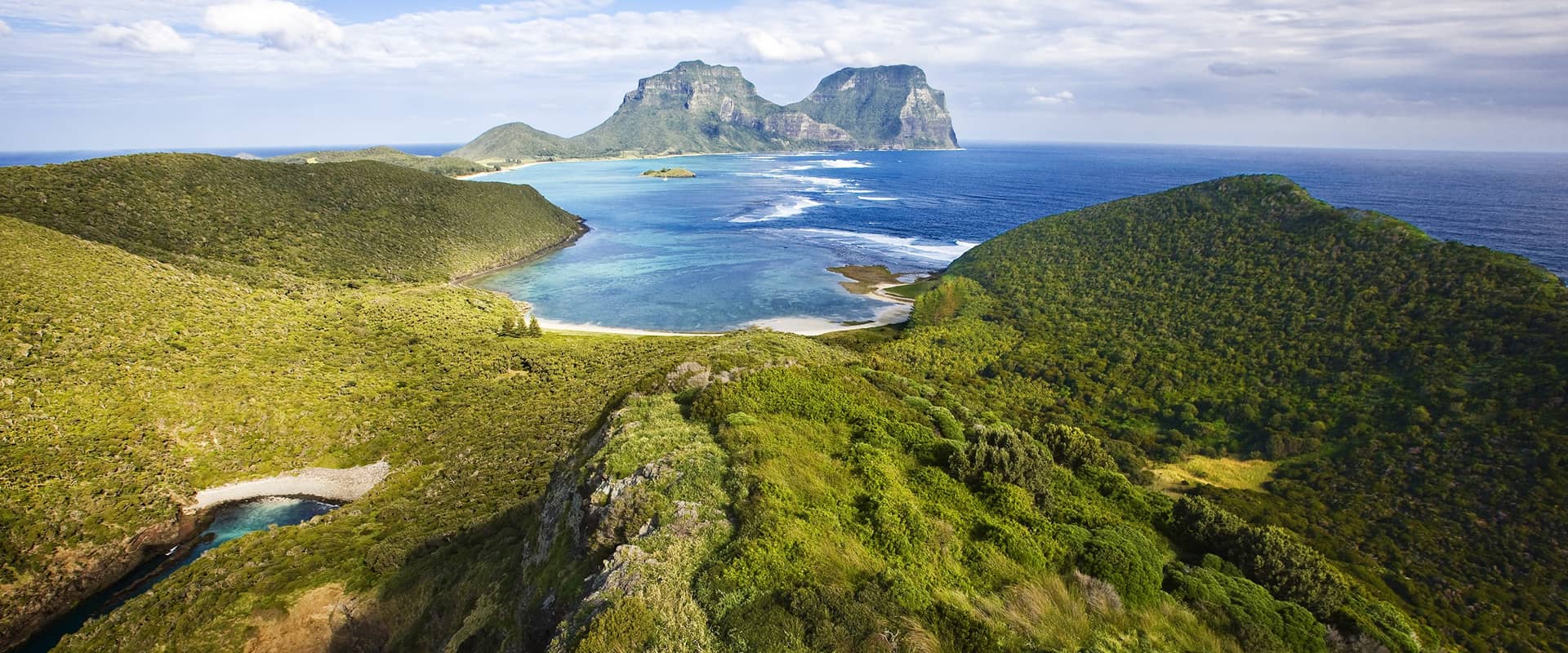
Opportunity of a lifetime on Lord Howe Island
Are you up for a challenging but rewarding volunteer position on Australia’s incredible Lord Howe Island?

Are you up for a challenging but rewarding volunteer position on Australia’s incredible Lord Howe Island?

Join us on Thursday, August 22 when the NSW Parliament debates the impacts of feral horses on Kosciuszko National Park.

Feral deer are destroying years of conservation work restoring local bushland.

Protecting Australia from invasive species is not just for the ‘professionals’; the community could play a much larger role.

With the number of pest and disease threats that could enter our country rapidly growing, last week biosecurity champions from across Australia and overseas came together to form Australia’s first biosecurity collective.

Industry, farmers, councils and environment groups have made a desperate plea to the prime minister and Queensland premier not to abandon the yellow crazy ant eradication program.

They’ve lured Work for the Dole crews, the local footy club and even prison labourers into their scheme to rid invasive wheel cactus from their part of Victoria, and now a little community group in central Victoria has received a national Froggatt Award

They’ve lured Work for the Dole crews, the local footy club and even prison labourers into their scheme to rid invasive wheel cactus from their part of Victoria, and now a little community group in central Victoria has received a national Froggatt Award

A band of avid bushwalkers who organised a protest walk all the way from Sydney to Mt Kosciuszko this year have won an annual Froggatt Award.
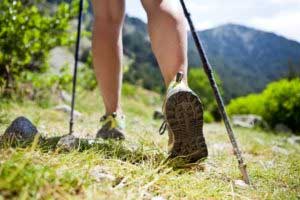
More than 100 people begin 560km protest walk from Sydney to the summit of Mount Kosciuszko asking the NSW government to reverse its decision protecting destructive feral horses in Kosciuszko National Park.

A band of avid bushwalkers want you to join them on a mission to Save Kosci from feral horses and walk from Sydney to the top of Mt Kosciuszko. Are you in?
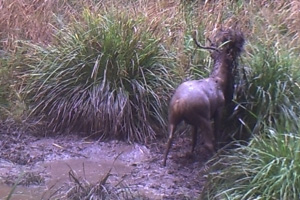
The Australian Senate has announced an inquiry into the growing impacts from feral deer, pigs and goats and to prevent problems worsening for the natural environment, community and farmers.
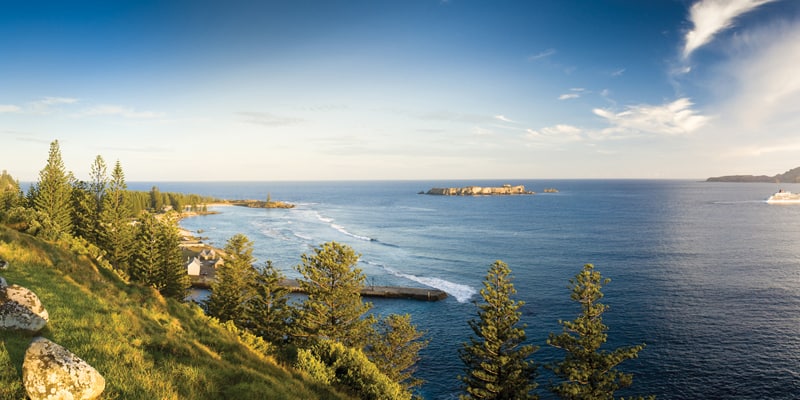
We’re working with the Norfolk Island community to control invasive pests and stop the introduction of potential new pest species. We are also supporting a project to map the vegetation of Norfolk Island for the first time.
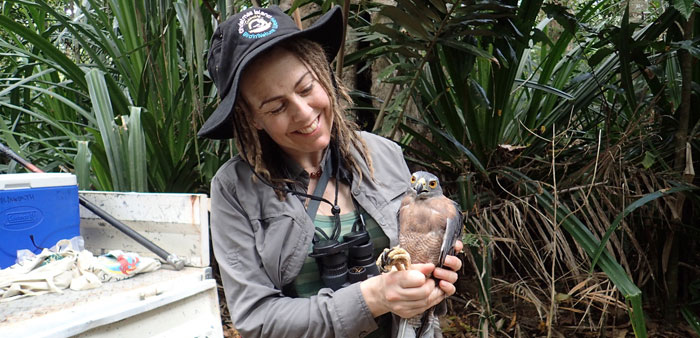
Tassie author Nic Gill has been awarded one of our Froggatt Awards for her extraordinary book Animal Eco-Warriors.
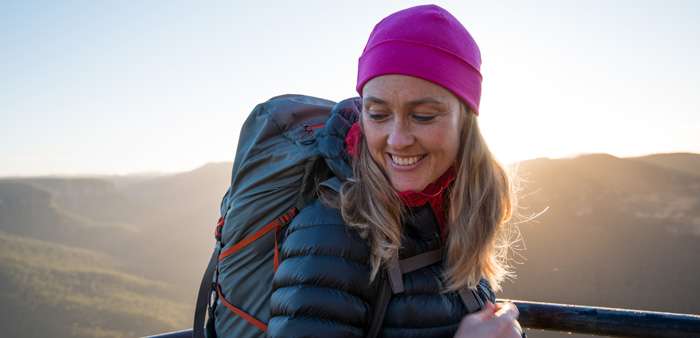
While keeping your gear clean may feel like a chore, it can actually go a long way in helping to keep our parks and reserves free of weeds and soil-borne diseases, says bushwalk leader Caro Ryan.

Are you up for a challenging but rewarding volunteer position on Australia’s incredible Lord Howe Island?

Join us on Thursday, August 22 when the NSW Parliament debates the impacts of feral horses on Kosciuszko National Park.

Feral deer are destroying years of conservation work restoring local bushland.

Protecting Australia from invasive species is not just for the ‘professionals’; the community could play a much larger role.

With the number of pest and disease threats that could enter our country rapidly growing, last week biosecurity champions from across Australia and overseas came together to form Australia’s first biosecurity collective.

Industry, farmers, councils and environment groups have made a desperate plea to the prime minister and Queensland premier not to abandon the yellow crazy ant eradication program.

They’ve lured Work for the Dole crews, the local footy club and even prison labourers into their scheme to rid invasive wheel cactus from their part of Victoria, and now a little community group in central Victoria has received a national Froggatt Award

They’ve lured Work for the Dole crews, the local footy club and even prison labourers into their scheme to rid invasive wheel cactus from their part of Victoria, and now a little community group in central Victoria has received a national Froggatt Award

A band of avid bushwalkers who organised a protest walk all the way from Sydney to Mt Kosciuszko this year have won an annual Froggatt Award.

More than 100 people begin 560km protest walk from Sydney to the summit of Mount Kosciuszko asking the NSW government to reverse its decision protecting destructive feral horses in Kosciuszko National Park.

A band of avid bushwalkers want you to join them on a mission to Save Kosci from feral horses and walk from Sydney to the top of Mt Kosciuszko. Are you in?

The Australian Senate has announced an inquiry into the growing impacts from feral deer, pigs and goats and to prevent problems worsening for the natural environment, community and farmers.

We’re working with the Norfolk Island community to control invasive pests and stop the introduction of potential new pest species. We are also supporting a project to map the vegetation of Norfolk Island for the first time.

Tassie author Nic Gill has been awarded one of our Froggatt Awards for her extraordinary book Animal Eco-Warriors.

While keeping your gear clean may feel like a chore, it can actually go a long way in helping to keep our parks and reserves free of weeds and soil-borne diseases, says bushwalk leader Caro Ryan.

Are you up for a challenging but rewarding volunteer position on Australia’s incredible Lord Howe Island?

Join us on Thursday, August 22 when the NSW Parliament debates the impacts of feral horses on Kosciuszko National Park.

Feral deer are destroying years of conservation work restoring local bushland.

Protecting Australia from invasive species is not just for the ‘professionals’; the community could play a much larger role.

With the number of pest and disease threats that could enter our country rapidly growing, last week biosecurity champions from across Australia and overseas came together to form Australia’s first biosecurity collective.

Industry, farmers, councils and environment groups have made a desperate plea to the prime minister and Queensland premier not to abandon the yellow crazy ant eradication program.

They’ve lured Work for the Dole crews, the local footy club and even prison labourers into their scheme to rid invasive wheel cactus from their part of Victoria, and now a little community group in central Victoria has received a national Froggatt Award

They’ve lured Work for the Dole crews, the local footy club and even prison labourers into their scheme to rid invasive wheel cactus from their part of Victoria, and now a little community group in central Victoria has received a national Froggatt Award

A band of avid bushwalkers who organised a protest walk all the way from Sydney to Mt Kosciuszko this year have won an annual Froggatt Award.

More than 100 people begin 560km protest walk from Sydney to the summit of Mount Kosciuszko asking the NSW government to reverse its decision protecting destructive feral horses in Kosciuszko National Park.

A band of avid bushwalkers want you to join them on a mission to Save Kosci from feral horses and walk from Sydney to the top of Mt Kosciuszko. Are you in?

The Australian Senate has announced an inquiry into the growing impacts from feral deer, pigs and goats and to prevent problems worsening for the natural environment, community and farmers.

We’re working with the Norfolk Island community to control invasive pests and stop the introduction of potential new pest species. We are also supporting a project to map the vegetation of Norfolk Island for the first time.

Tassie author Nic Gill has been awarded one of our Froggatt Awards for her extraordinary book Animal Eco-Warriors.

While keeping your gear clean may feel like a chore, it can actually go a long way in helping to keep our parks and reserves free of weeds and soil-borne diseases, says bushwalk leader Caro Ryan.
Get our blog the Feral Herald delivered to your inbox.
Our protected areas are being trashed, trampled, choked and polluted by an onslaught of invaders. Invasive species are already the overwhelming driver of our animal extinction rate, and are expected to cause 75 of the next 100 extinctions.
But you can help to turn this around and create a wildlife revival in Australia.
From numbats to night parrots, a tax-deductible donation today can help defend our wildlife against the threat of invasive weeds, predators, and diseases.
As the only national advocacy environment group dedicated to stopping this mega threat, your gift will make a big difference.
A silent crisis is unfolding across Australia. Every year, billions of native animals are hunted and killed by cats and foxes. Fire ants continue to spread and threaten human health. And the deadly strain of bird flu looms on the horizon. Your donation today will be used to put the invasive species threat in the media, make invasive species a government priority, ensure governments take rapid action to protect nature and our remarkable native wildlife from invasives-led extinction, death and destruction.
If you are having trouble submitting a form, please read this guide.
Please fill out the following form and one of our team will be in contact to assist as soon as possible. Please make sure to include any helpful information, such as the device you were using (computer, tablet or mobile phone) and if known, your browser (Mozilla Firefox, Chrome, Safari etc)
"*" indicates required fields
Dear Project Team,
[YOUR PERSONALISED MESSAGE WILL APPEAR HERE.]
I support the amendment to the Kosciuszko National Park Wild Horse Heritage Management Plan to allow our incredible National Parks staff to use aerial shooting as one method to rapidly reduce feral horse numbers. I want to see feral horse numbers urgently reduced in order to save the national park and our native wildlife that live there.
The current approach is not solving the problem. Feral horse numbers have rapidly increased in Kosciuszko National Park to around 18,000, a 30% jump in just the past 2 years. With the population so high, thousands of feral horses need to be removed annually to reduce numbers and stop our National Park becoming a horse paddock. Aerial shooting, undertaken humanely and safely by professionals using standard protocols, is the only way this can happen.
The government’s own management plan for feral horses states that ‘if undertaken in accordance with best practice, aerial shooting can have the lowest negative animal welfare impacts of all lethal control methods’.
This humane and effective practice is already used across Australia to manage hundreds of thousands of feral animals like horses, deer, pigs, and goats.
Trapping and rehoming of feral horses has been used in Kosciuszko National Park for well over a decade but has consistently failed to reduce the population, has delayed meaningful action and is expensive. There are too many feral horses in the Alps and not enough demand for rehoming for it to be relied upon for the reduction of the population.
Fertility control as a management tool is only effective for a small, geographically isolated, and accessible population of feral horses where the management outcome sought is to maintain the population at its current size. It is not a viable option to reduce the large and growing feral horse population in the vast and rugged terrain of Kosciuszko National Park.
Feral horses are trashing and trampling our sensitive alpine ecosystems and streams, causing the decline and extinction of native animals. The federal government’s Threatened Species Scientific Committee has stated that feral horses ‘may be the crucial factor that causes final extinction’ for 12 alpine species.
I recognise the sad reality that urgent and humane measures are necessary to urgently remove the horses or they will destroy the Snowies and the native wildlife that call the mountains home. I support a healthy national park where native species like the Corroboree Frog and Mountain Pygmy Possum can thrive.
Dear Project Team,
[YOUR PERSONALISED MESSAGE WILL APPEAR HERE.]
I support the amendment to the Kosciuszko National Park Wild Horse Heritage Management Plan to allow our incredible National Parks staff to use aerial shooting as one method to rapidly reduce feral horse numbers. I want to see feral horse numbers urgently reduced in order to save the national park and our native wildlife that live there.
The current approach is not solving the problem. Feral horse numbers have rapidly increased in Kosciuszko National Park to around 18,000, a 30% jump in just the past 2 years. With the population so high, thousands of feral horses need to be removed annually to reduce numbers and stop our National Park becoming a horse paddock. Aerial shooting, undertaken humanely and safely by professionals using standard protocols, is the only way this can happen.
The government’s own management plan for feral horses states that ‘if undertaken in accordance with best practice, aerial shooting can have the lowest negative animal welfare impacts of all lethal control methods’.
This humane and effective practice is already used across Australia to manage hundreds of thousands of feral animals like horses, deer, pigs, and goats.
Trapping and rehoming of feral horses has been used in Kosciuszko National Park for well over a decade but has consistently failed to reduce the population, has delayed meaningful action and is expensive. There are too many feral horses in the Alps and not enough demand for rehoming for it to be relied upon for the reduction of the population.
Fertility control as a management tool is only effective for a small, geographically isolated, and accessible population of feral horses where the management outcome sought is to maintain the population at its current size. It is not a viable option to reduce the large and growing feral horse population in the vast and rugged terrain of Kosciuszko National Park.
Feral horses are trashing and trampling our sensitive alpine ecosystems and streams, causing the decline and extinction of native animals. The federal government’s Threatened Species Scientific Committee has stated that feral horses ‘may be the crucial factor that causes final extinction’ for 12 alpine species.
I recognise the sad reality that urgent and humane measures are necessary to urgently remove the horses or they will destroy the Snowies and the native wildlife that call the mountains home. I support a healthy national park where native species like the Corroboree Frog and Mountain Pygmy Possum can thrive.